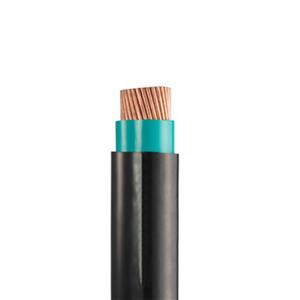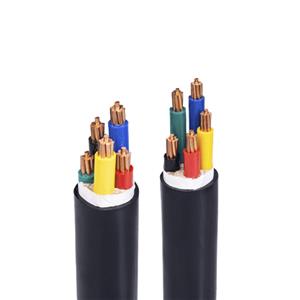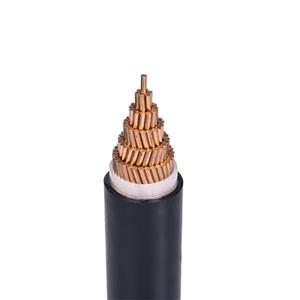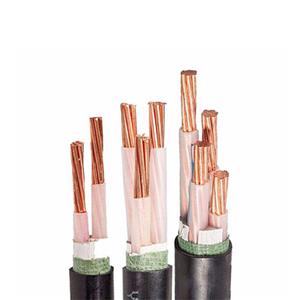What should be paid attention to when installing fire-resistant cables
What is a fire-resistant cable? The structure of a fire-resistant cable is basically the same as that of an ordinary cable. The difference is that the conductor of a fire-resistant cable is made of copper conductor with good fire resistance (the melting point of copper is 1 083°C), and a fire-resistant layer is added between the conductor and the insulation layer. The fire-resistant layer is wrapped with multiple layers of mica tape. Because the allowable operating temperatures of different mica tapes vary greatly, the key to the fire resistance of the cable is the mica tape.
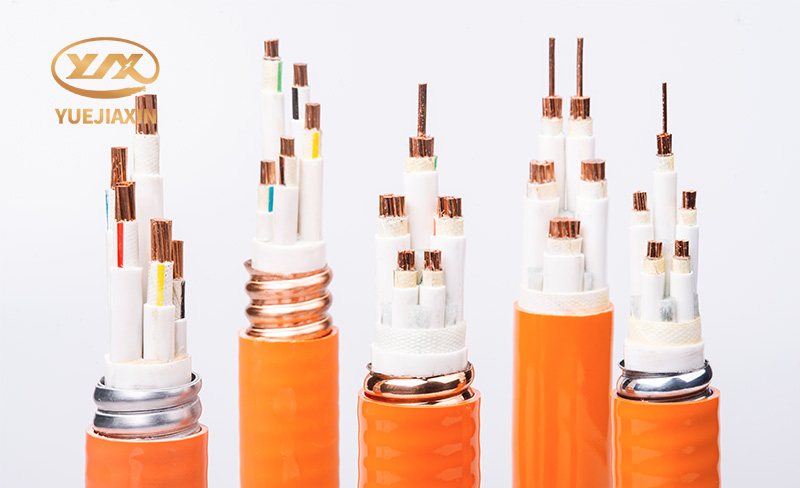
Fire-resistant cable refers to the performance that under specified test conditions, the sample is burned in the flame and can still maintain normal operation for a certain period of time. Its fundamental characteristic is that the cable can still maintain the normal operation of the line for a period of time under the burning condition. In layman's terms, in the event of a fire, the cable will not burn immediately, and the circuit is relatively safe. Therefore, the main difference between fire-resistant cable and flame-retardant cable is that fire-resistant cable can maintain normal power supply for a period of time when a fire occurs, while flame-retardant cable does not have this characteristic.

This characteristic determines that fire-resistant cables play an important role in modern cities and industrial buildings, because once a fire occurs, the power supply circuits of control, monitoring, guidance and alarm systems must maintain normal operation. Therefore, this cable is mainly used in the power supply circuits from emergency power supply to user fire-fighting equipment, fire alarm equipment, ventilation and smoke exhaust equipment, guide lights, emergency power sockets, emergency elevators, etc. In addition to transmitting power at the rated working voltage of 0.6/1KV, it can also maintain safe operation for a certain period of time under combustion conditions, and maintain safe operation for 3 hours under high-temperature flames of 950-1000 degrees Celsius. This greatly improves the safety factor of the use of fire-resistant cables and wins a certain amount of time for fire rescue.
- PVC-Insulated Cable
- 450/750V BV Single- Core Cu/PVC Cable
- 450/750V BVR Single- Core Cu/PVC Cable
- 300/500V Or 450/750V RV Single-Core Cu/PVC Flexible Cable
- 300/500V Or 450/750V RVV Multi-Core Cu/PVC/PVC Flexible Black Cable
- 300/500V Or 450/750V RVV Multi-Core Cu/PVC/PVC Flexible White Cable
- 300/500V Or 450/750V RVVP Multi-Core Cu/PVC/CWS/PVC Screened Flexible Cable
- 450/750V KVV Multi-Core Cu/PVC/PVC Control Cable
- 450/750V KVV22 Multi-Core Cu/PVC/STA/PVC Armoured Control Cable
- 450/750V KVVP Multi-Core Cu/PVC/CWS/PVC Screened Control Cable
- 450/750V KVVP2-22 Multi-Core Cu/PVC/CTS/STA/PVC Screened Armoured Control Cable
- 0.6/1KV PVC-Insulated PVC-sheathed Single-Core Power Cable
- 0.6/1KV PVC-Insulated PVC-sheathed Multi-Core Power Cable

